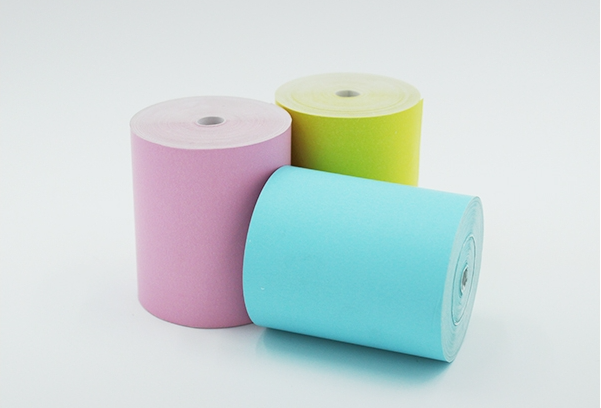It seems like there might be a slight error or confusion in your question. If you're looking for information on a high-temperature-resistant RFID (Radio-Frequency Identification) electronic label, I can provide some insights.

High-temperature-resistant RFID labels are designed to withstand elevated temperatures, making them suitable for applications where exposure to heat is a concern. These labels combine RFID technology with materials that can endure harsh environmental conditions. Here are some key points regarding high-temperature-resistant RFID labels:
-
Materials:
- The label substrate is often made from materials with high-temperature resistance, such as polyimide (PI), ceramic, or other specialized materials.
-
RFID Technology:
- The RFID component embedded in the label contains a chip and an antenna. This technology allows for wireless communication and data exchange.
-
Applications:
- High-temperature-resistant RFID labels are used in industries such as automotive, aerospace, manufacturing, and logistics, where exposure to heat during production, processing, or storage is common.
-
Temperature Resistance:
- The specific temperature resistance of these labels can vary depending on the materials used. Some may withstand temperatures up to 200°C (392°F) or higher.
-
Read Range:
- The read range of the RFID label (the distance at which the RFID reader can communicate with the tag) may be influenced by the label's design and the surrounding environment.
-
Durability:
- These labels are designed to be durable and withstand not only high temperatures but also other environmental factors like moisture, chemicals, and abrasion.
-
Customization:
- High-temperature-resistant RFID labels can often be customized in terms of size, shape, and encoding to meet the specific requirements of the application.
-
Integration:
- These labels can be integrated into various processes, including asset tracking, supply chain management, and product identification.
When considering high-temperature-resistant RFID labels, it's essential to work with RFID label manufacturers or suppliers who can provide detailed specifications, testing information, and recommendations based on your specific application requirements. Always refer to the manufacturer's guidelines to ensure that the RFID labels meet the necessary standards for temperature resistance and performance.
We offer comprehensive technical support, including free professional labeling solutions, advice on label materials and adhesive selection, as well as online/offline assistance from professional software and hardware engineers. Service email: andy@ownlikes.cn. In pre-sales, we leverage our extensive experience in specialty labeling projects to provide clients with the most suitable hardware solutions. Additionally, all our label barcode printers and scanners come with a three-year free warranty, demonstrating our confidence in our products.




